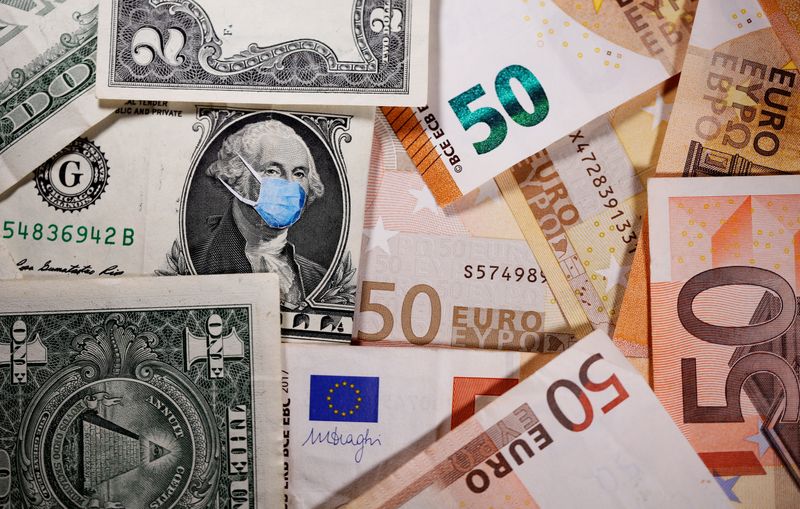LONDON (Reuters) – Judging by trading in U.S. money markets, investors are starting to ramp up expectations for a rise in U.S. interest rates by the second half of 2023 on the prospects of more fiscal stimulus and higher inflation.
Eurodollar futures contracts maturing in September 2023 on Monday were pricing more than one rate hike by the U.S. Federal Reserve by then, compared with barely one increase last week.
“Markets are now definitely pricing in rate hikes by the second half of 2023, but the time frame is a long way away and it will keep shifting, especially if the U.S. continues to lose jobs as they did in December,” said Kenneth Broux, a strategist at Societe Generale in London.
Rising expectations for tighter U.S. monetary policy followed the rollout of COVID-19 vaccines in the world’s biggest economy and after Democrat Joe Biden won the U.S. presidential elections in November.
Those bets have gathered steam in the opening days of 2021 as the promise of more fiscal stimulus following the Georgia Senate run-off race last week sent U.S. Treasury yields soaring despite weak economic data. President-elect Biden has promised “trillions” in extra spending.
Eurodollar futures maturing in September 2023 now expect as much as 40 basis points in cumulative rate increases by then, compared with 30 bps at the start of last week.
Turnover on June 2023 futures contracts saw their third biggest volume day ever on Friday, signalling markets are changing their rate hike expectations.
The futures are a bet on the direction of the short-term London interbank offered rate (LIBOR), one of the most widely used interest rate benchmarks in global financial markets. Investors hedge interest rate risk in the eurodollar market.
While money markets expect U.S. interest rates to remain near record lows well until the middle of next year, Morgan Stanley strategists expect the Fed to start winding down its asset-purchase program by January 2022.
RISE IN YIELDS ‘JUSTIFIED’
Indeed, the U.S. bank expects policymakers to start tapering its government debt purchases by $10 billion and $5 billion in mortgage-backed debt in every meeting with an aim to completely stop purchasing any securities by 2023.
While by itself, winding down its massive asset-purchase plan would not automatically lead to rate hikes, market watchers say it would pressure yields higher.
“In that context, the rise in bond yields is justified and consequently expectations in money markets is justified,” said Ulrich Leuchtmann, head of FX and commodity research at Commerzbank.
Eurodollar futures contracts maturing in December 2022 show the first signs of changing expectations on U.S. rates, with markets now pricing in 10 bps of rate increases by then compared to no changes until last week.
Federal Reserve Vice Chair Richard Clarida said last week the U.S. economy was headed for an “impressive” year and the central bank’s support for the economy would remain in high gear.
Graphic: September eurodollar futures https://fingfx.thomsonreuters.com/gfx/mkt/azgpoyqbqpd/sept%20eurodollar%20futures.JPG
(Reporting by Saikat Chatterjee; additional reporting by Dhara Ranasinghe; editing by Larry King)























